I have been doing a lot of research on different camera lenses lately, and I have come to a few conclusions. Not all of it about the lenses, some about the differences between the 5D and the 30D. When I was shopping for the 30D, some things were not explained:
- The 5D is a full frame camera.
- The 30D is an APS-C camera.
What is the difference? What does this even mean?
It means
- The image sensors are different sizes. The 5D has what is called a full frame image sensor (36mm x 24mm) whereas the 30D has an APS-C image sensor (22mm x 15mm).
- Bigger image sensors mean, sometimes, bigger megapixel. It’s true, the 12.7 megapixel image sensor is bigger than the 8.2 of the 30D.
- Bigger image sensor means less noise. Sometimes true, and not true in the sample images I have seen. They are about even at 3200 ISO.
- There is no inherent zoom in a full-frame image sensor (5D). There is in the APS-C image sensor situation (30D). In the 30D, the image is optically zoomed (by the camera) 1.6x before hitting the image sensor, meaning all your lenses are being mutiplied by 1.6x in length. For example, a 100mm lens is actually going to give you the equivalent zoom of 160mm, a 50mm lens is going to give you the zoom of an 80mm lens, and so on. Is this good or bad? It makes no difference really, but you should understand that before you buy a lens and you expect a certain zoom length. For example, 70mm-80mm is generally considered a good zoom length for portraiture. If you have a full-frame camera (5D), get a 75mm lens for this. If you have an APS-C image sensor camera (30D), get the 50mm lens (which ends up being 80mm in zoom).
- The full frame cameras (5D) suffer from lens vignetting at the corners at wide angle (darkening of the corners of the photo). Some consider this a cool effect, but you ARE losing data at this point, and correction will be needed in post processing if this is not desired. The 30D does not show any significant vignetting which would cause loss of data.
- Canon has two lines of lenses for their digital SLR’s: EF (for full frame cameras) and EF-S (for APS-C cameras). The 5D can only take EF lenses, and most of the lenses in Canon’s lineup are EF lenses. The 30D takes EF lenses AND EF-S lenses, so you have a bit more choice as to what lenses you slap on your sweet machine.
- That’s all I can think of. Don’t try to put an EF-S lens on a 5D, your camera will be destroyed by the Canon police. Just kidding – but seriously, don’t do it. The EF-S lenses actually protrude further into the camera than the EF lenses, and upon taking a photo, the mirror will flip, collide with the lens, and be ruined, possibly ruining your image sensor too. So there you go.
In conclusion, there are advantages to having a full frame image sensor (if you want to do super uber wide angle shots) with a higher megapixel. But not a hell of a lot. There are some sweet EF-S lenses out, and more continue to come out, which you can only use on the 30D (and digital Rebel), such as the awesome Canon 10mm-22mm EF-S, which I have recently learned is made with all-L-series glass and parts. The L-Series is Canon’s line of high-end lenses, you’ll recognize them as the white-colored lenses.
If I am missing something about full framed cameras, please chime in with what you know. It would be muchly appreciated.
Here are some photos from my previous website, davin.ws. These are all large versions, so click on them for the big ones. Some are bigger than others. I have been meaning to post a bunch of newer photos from last summer, but I suppose I ought to do one thing at a time. I have a Windoze machine that is just screaming to be thrown off the 4th floor of my building, and I am tempted to let it be thrown by my hands. I am sure that Strata would understand.
These photos were all taken with a Canon G2, 34-102mm lens (though it says 7-21mm on the front, but there is a certain magnification inside the camera). If you’re wondering, 33mm is equivalent to 1x zoom, 66mm to 2x zoom, 100mm to 3x zoom and so forth. I’ve always wondered that, myself.
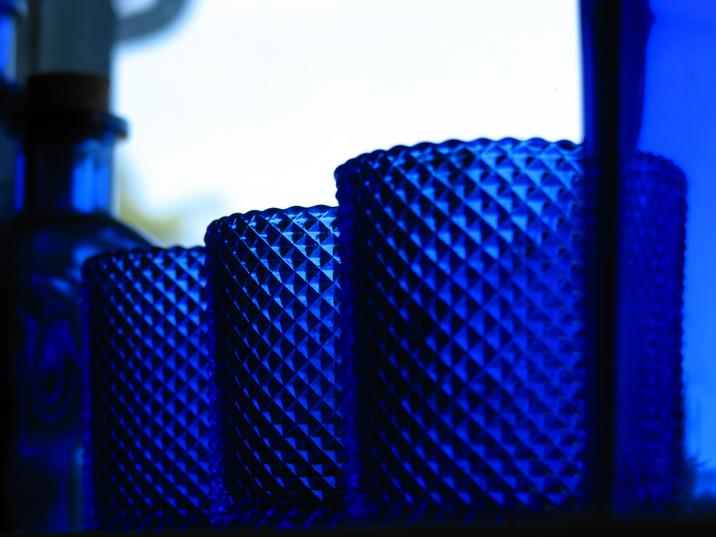
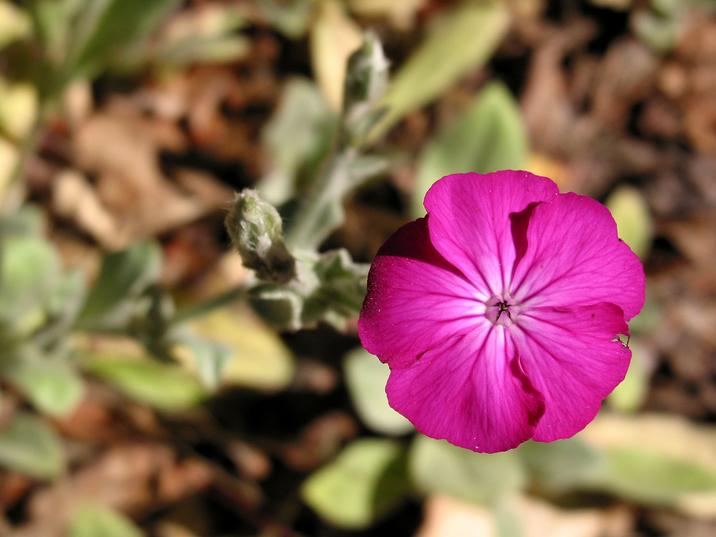
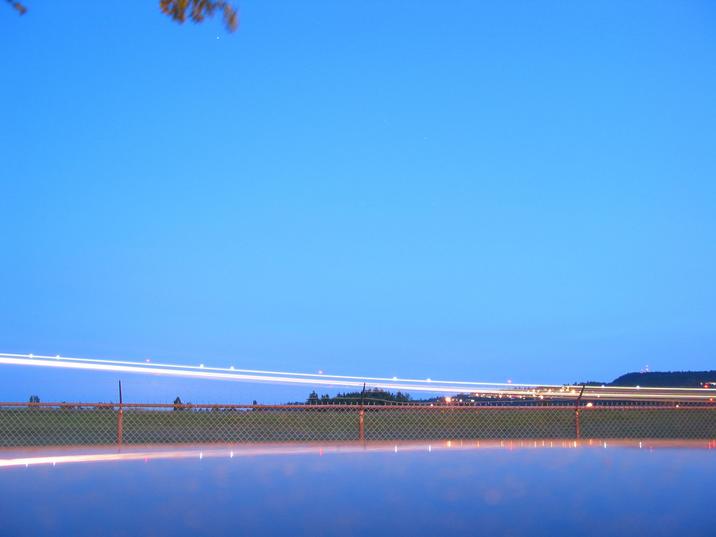
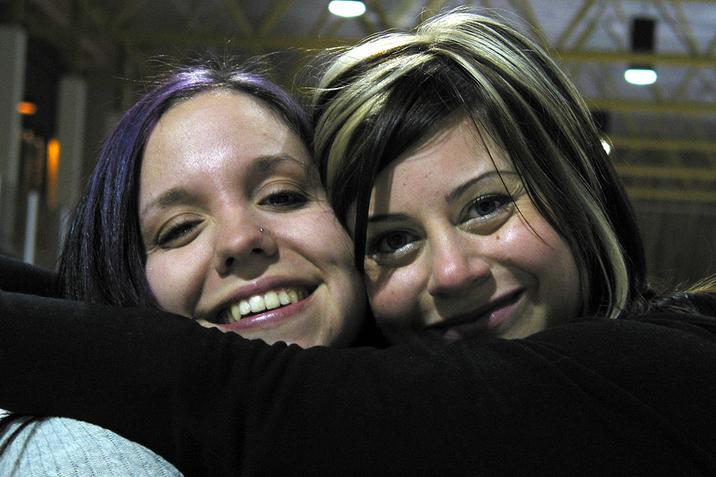
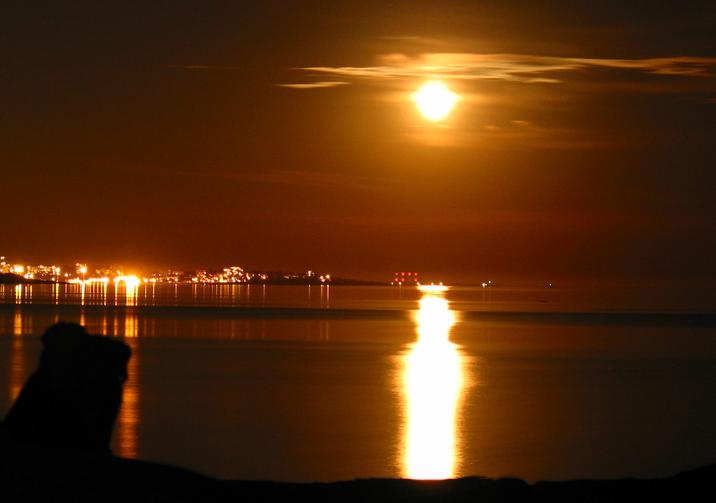
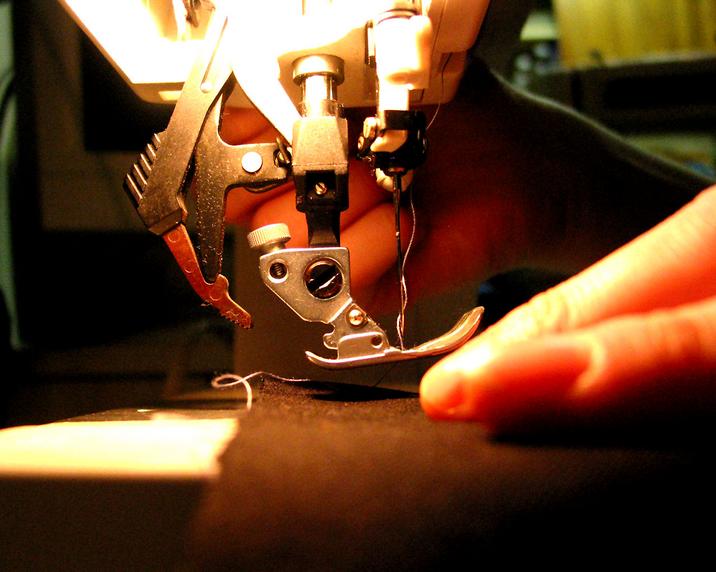
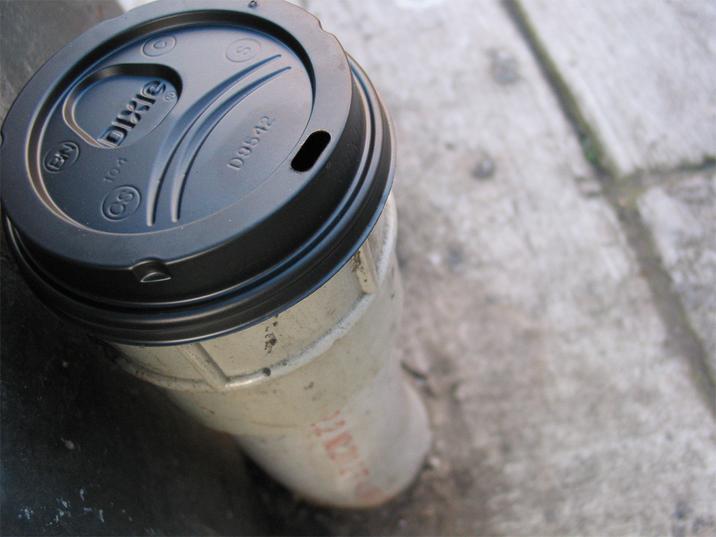
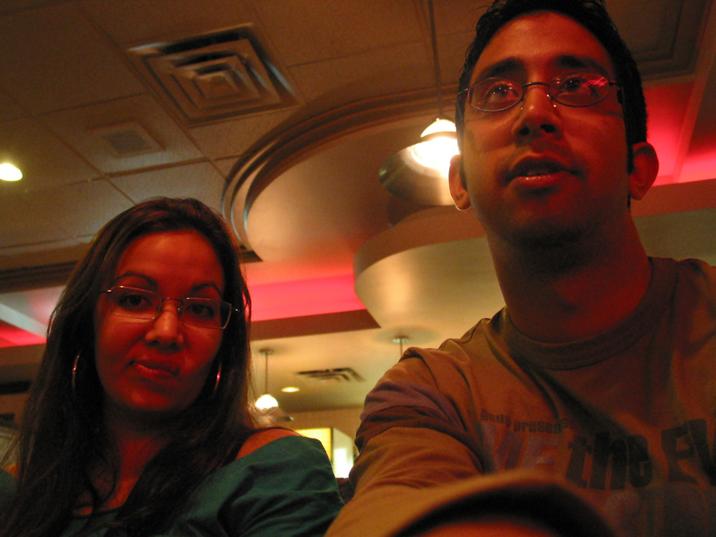
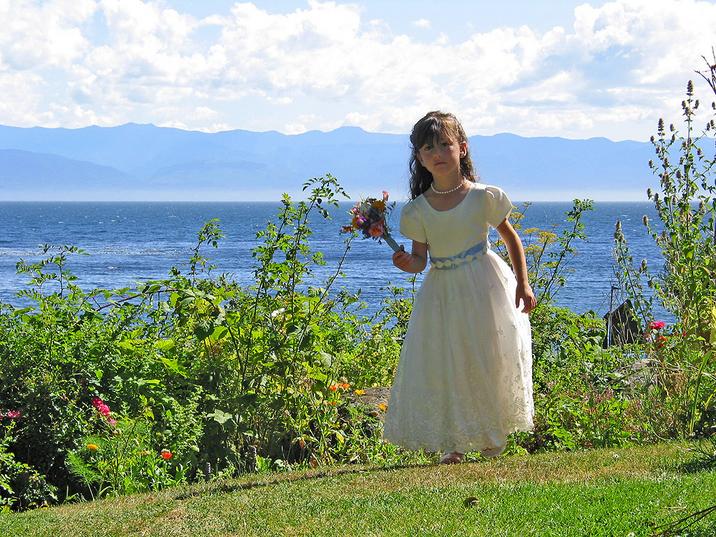
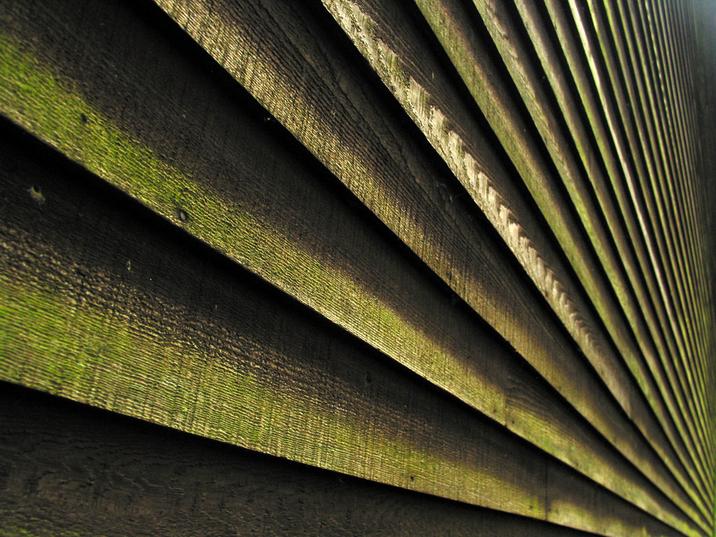
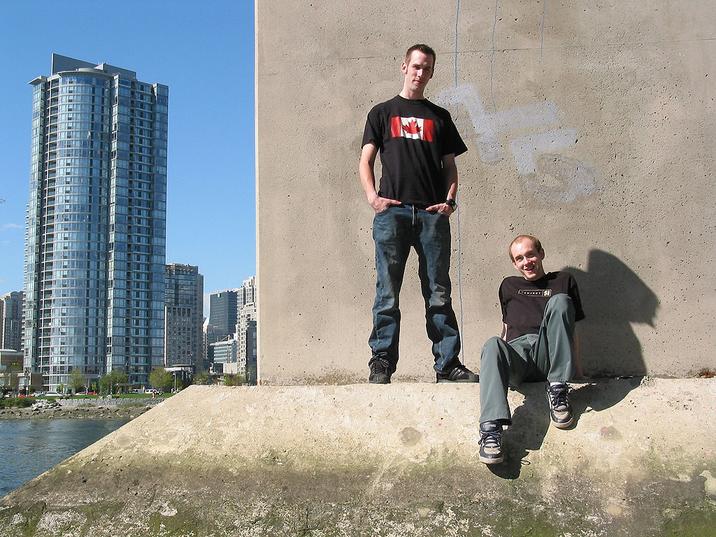
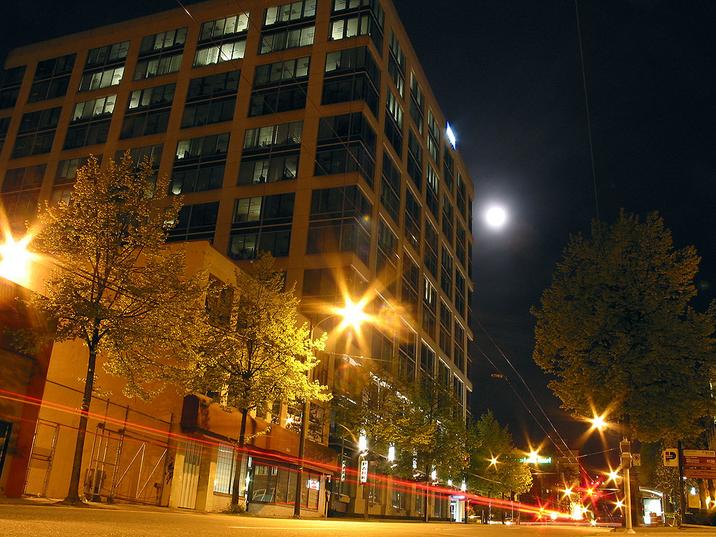
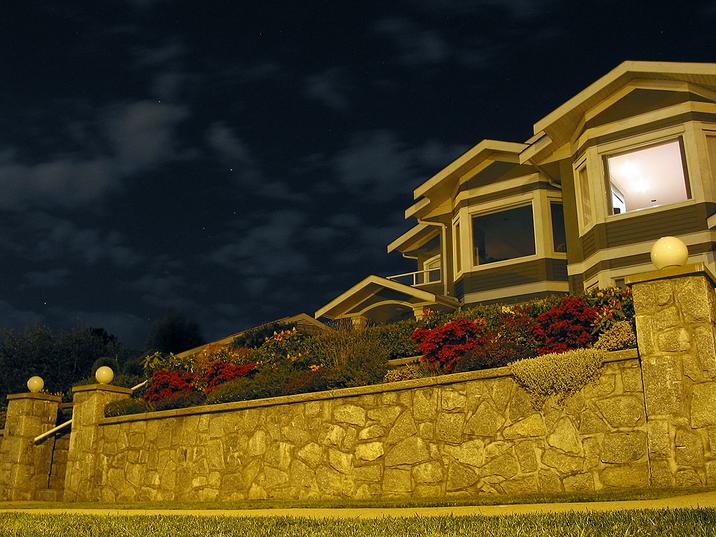
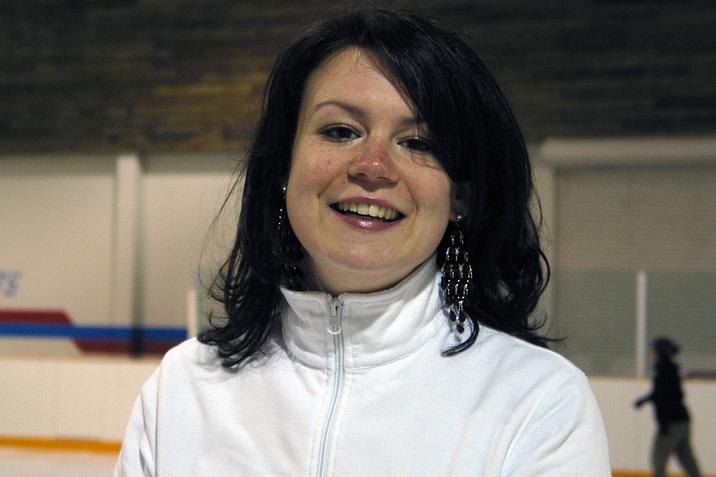
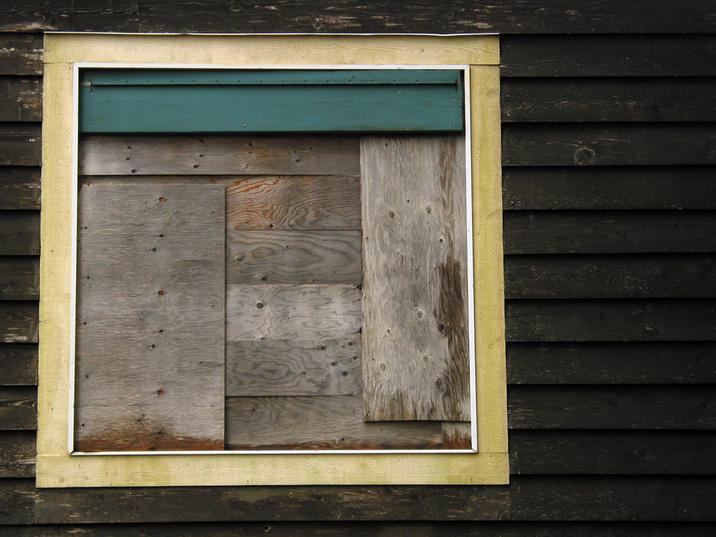
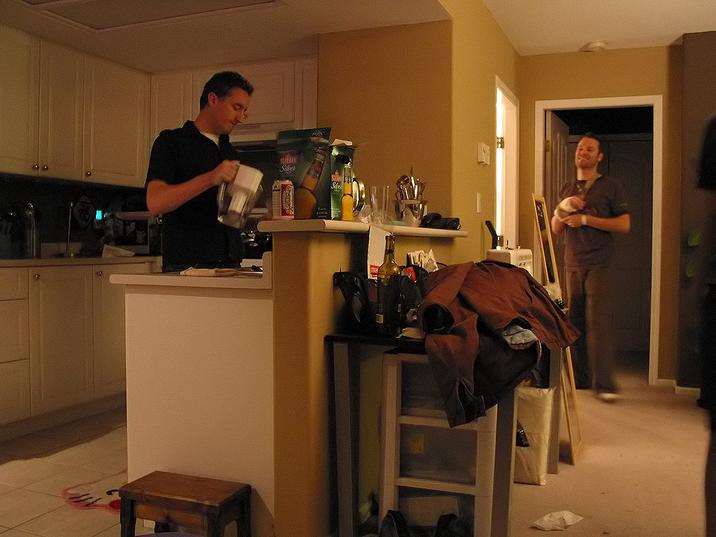
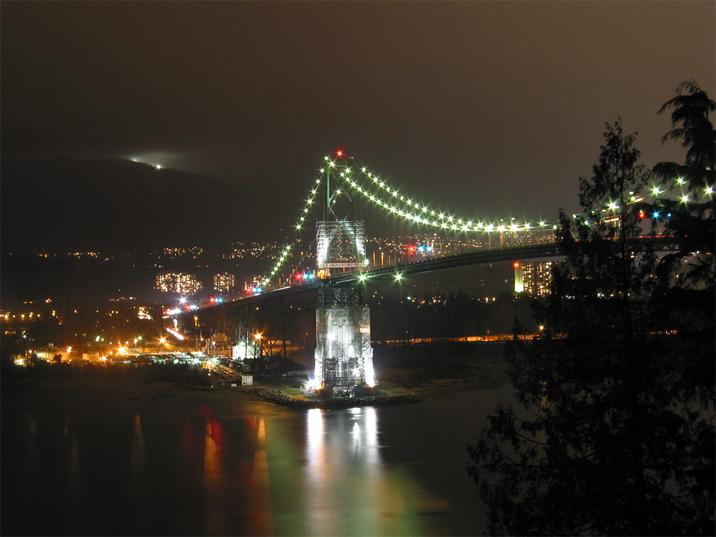
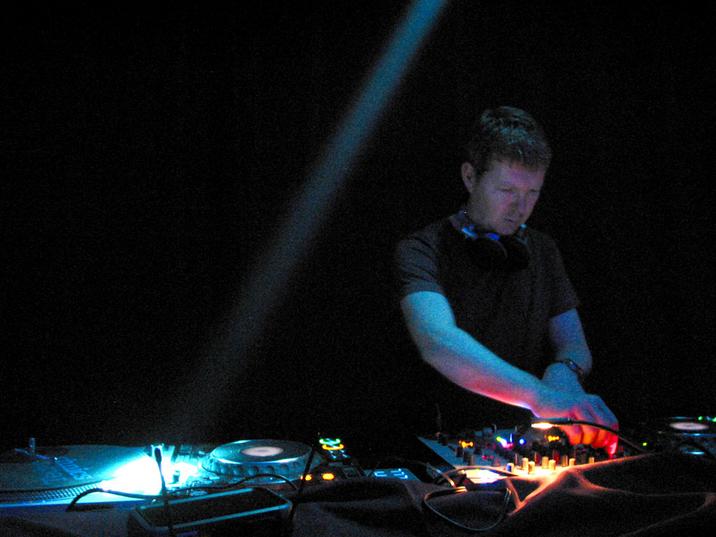
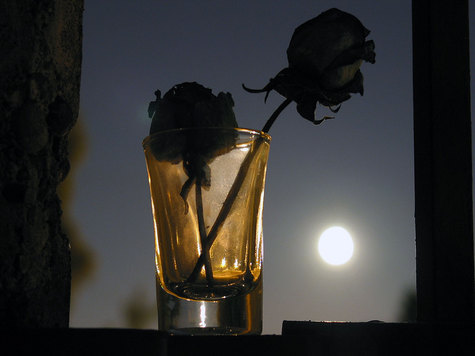

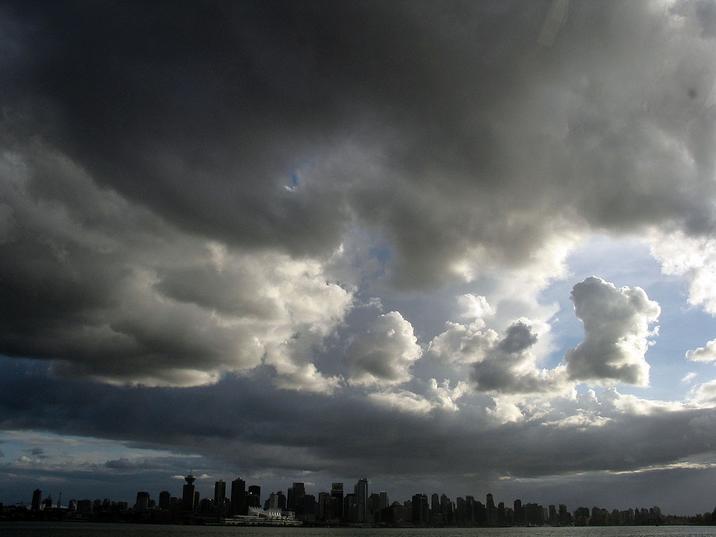
wow dude…constantly wow…
OMG, i love love love the ladybug photo. amazing.
awesome descriptors. or should i say, dezkript0rz. and I think you’re one of the best photographers I’ve ever seen. Nope, don’t need a hug, a props or a five-dollar-bill…. Just stating it for the record. Your pics are almost as great as your taste in music, and they’ve been great since day 1. Well, maybe day 2.
good stuff man. Keep it up.
Great shots as always, man. The last one of the clouds over the Vancouver skyline is just phenom.
Davin, I miss the shit out of you and your awesomeness. Keep up the goodness.
Thanks for the info, especially thanks for putting it in your own words and not just throwing up links for us to fish through.
Also Adrian pointed out to me that there were lens adapters out to adapt old Canon lenses to the newer body styles. I found a few links, and items on ebay but it turns out only a few lenses can actually fit without causing damage.
If anyone has older Canon lenses that they wish to fit on their newer (EOS) bodies, it can be done with an adapter, just research if your lens will cause interferance.
davin, I wish I was smarter!!
i love the northwest!